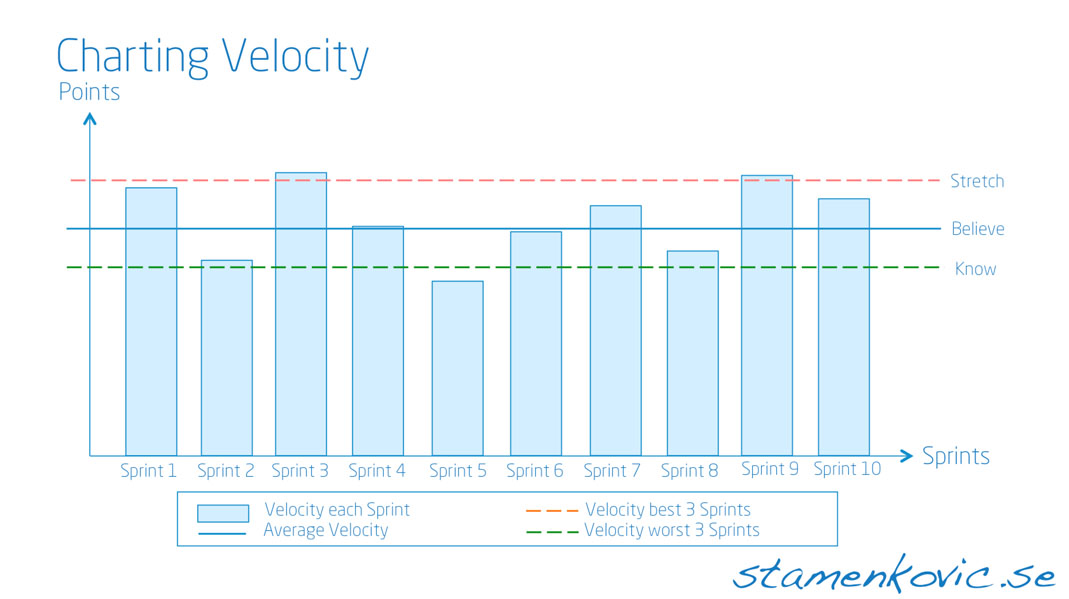“Plans are nothing; planning is everything.“
Dwight D. Eisenhower (1890-1969)
Imagine a pilot flying a a-330 from Copenhagen to Japan. The plan is to land at the Narita International airport. Once airborne though, unexpected winds, other aircraft traffic, mid-ocean storms, even solar flare activity affect and alter the airplane’s course. Unmanaged, the pilot would just as likely land the plane in Seoul rather than in Tokyo. The flight plan sets an initial course and a final destination, but the process of planning ensures that the pilot takes the appropriate corrective action to get the airplane where it needs to go.
Now, just imagine what the plan is for your own project. It is telling you where you are planning of going with your project, and it is not much different from the illustration above; it doesn’t consider any of the unexpected things that will pop up and affect you and your plan. While working on the project new and/or changed requirements will occur, your senior developer lead will leave the company, the sales and marketing department promised the customers functionality that simply isn’t in the scope, and now even the market has changed its mind and is requiring your product to come in orange (instead green). Your project plan sets the initial course and final result, but it is the process of planning that ensures your project to take appropriate corrective action to get the product that the customer really wants. The bottom line here is that the plan itself is worthless, while the activity of planning is everything! Continue reading →




